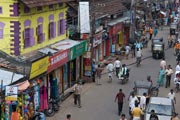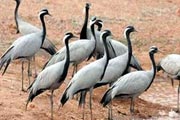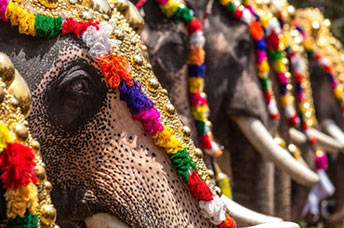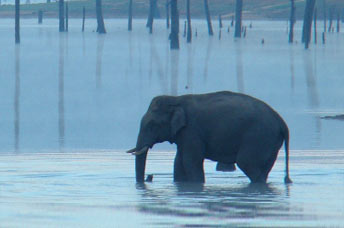A major tourist destination in the north of Kerala, Kozhikoke offers visitors, both, history and leisure. Famous for its traditional boat-building yard, timber industry, historic temples and churches, Kozhikode also offers a sumptuous variety of South Indian, North Indian, European, Chinese, Arab, Gujarati and Jain food. Kozhikode cuisine bears markedly European and Arabic influences and is famous for its sweet ‘Halwa’.
Once the capital of the proud but hospitable Samoothiri (Zamorin) dynasty who have ruled here since the Middle Ages, Kozhikode was also the headquarters of the erstwhile Malabar District under British occupation.
British colonizers of the city named calico fabric after ‘Calicut’ (the name given to Kozhikode by the British). Kozhikode was once renowned as a market for trade in oriental spices, one much visited by world travelers since classical antiquity. The Arabs who have been trading here since the 7th century AD have left their cultural and culinary imprint here; as did the Portuguese, the French, the Dutch and the English who all gained a foothold (in the form of factories and trading rights). Undoubtedly a city with a culture uniquely its own.































